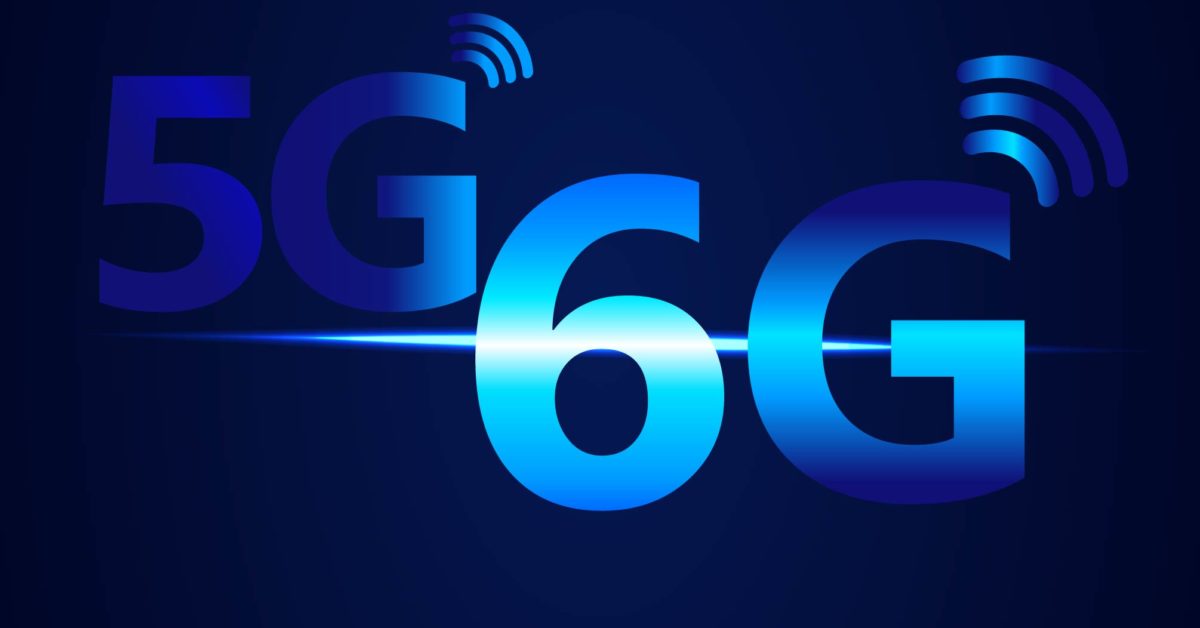Planning for 6G: Three things Service Providers and NEMs must consider

5G may be only just out of the starting blocks, but 6G is quickly emerging as the next hot topic. We perhaps shouldn’t have been surprised to learn that, in the same month that it launched 5G in 50 cities, China announced the launch of a national technology R&D centre focused on 6G.
The telecoms industry is always looking to and hungry for the next new super technology. As such, any party which shouts about 6G now is bound to steal headlines from those in the rapidly overcrowding 5G space. We’re right to get excited, but we must also take care to ensure that 6G is effectively introduced and that we avoid any of the problems which arose with the development of earlier standards.
The how’s and the when’s of 6G are somewhat unclear at present, but what we do know is that service providers and NEMs will need an experienced partner to support them with this transition when, and how, it progresses. VIAVI has a strong history in this area and has enabled countless global names to develop and capitalise on networks from the early days of 2G, right through to the development of 4.5G and 5G today.
We also know that despite the unknowns about the technology, it’s important that service providers and NEMs have 6G firmly on their radar, and incorporate it into their roadmaps for the future. And what better time than the new year of a new decade to start to plan for the challenges and considerations of this next-next-gen technology? Here’s how…
Learn from past mistakes
5G launches snowballed towards the end of last year, with more roll-outs planned this year as we edge toward the 340 million 5G connections expected to be in place by 2021. However, the majority of consumers and businesses do not yet have access to/use devices that support 5G, meaning we’re only on the cusp of realising its full potential. With deployments only in their initial stages, we’re also only on the cusp of understanding the challenges of introducing 5G.
Before we address the requirements of developing 6G, we must first reflect on and analyse problems which are emerging with 5G: what are the issues users are facing at mmWave? Is edge computing sustainable? Is beamforming working as was designed? Is network slicing doing what was promised? And where are the issues in terms of coverage and quality of service?
Answers to these questions will filter through as deployments continue and networks mature. In the meantime, though, we should look back on and learn from the 3G to 4G transition. This includes addressing and improving upon issues such as very poor indoor coverage and cell edge performance (which were encountered with earlier connectivity standards), as the industry is likely to face similar problems with 5G and 6G.
Consider cost for 6G
Developing and deploying 5G networks has come at considerable cost to service providers. Cost efficiencies must therefore be central to 6G business models. Interoperability with legacy technologies, new approaches like open RAN (O-RAN) and the use of optical wireless communication technologies (such as the use of light for data transmission), will all help reduce the cost of 6G deployment. This will benefit not only service providers but end-users too, many of whom may not be able to afford expensive 5G (and later, 6G) capable devices.
O-RAN refers to the move toward open interfaces and interoperability which will allow service providers to build radio networks using multiple vendors, and deploy commodity hardware units. The Facebook-led Telecom Infrastructure Project (TIP) is also focused on reducing costs through the use of OpenRAN, which decouples hardware and software, offering service providers additional flexibility as they deploy and upgrade their network architecture.
It’s important that the industry keeps a close eye on developments in both O-RAN and TIP’s OpenRAN, as well as the latter’s strategy over the coming years, to ensure the most cost-effective and flexible approaches to 6G are taken.
Don’t rely on guesswork – and work with those in the know
We’ve seen the launch of R&D centres and collaborations invested in developing 6G, but the requirements have yet to be defined. The industry must avoid relying simply on guesswork and shouldn’t over-invest and plan for network and infrastructure development without the necessary insight. Some service providers created their own 5G technology relatively early in the game, only for it to be incompatible with specs released by 3GPP.
At the same time, those service providers and NEMs that take a ‘wait and see’ approach to 6G development may fall behind competitors which are considering 6G now. VIAVI has helped the industry test and ready networks from lab to field during earlier standards transitions, and we’ll play a critical role in the testing and development of 6G over the next decade.
6G R&D must start now. It will require a new mindset and flexible, lab-based methodologies, which, working with a partner like VIAVI, will allow NEMs and service providers to easily and cost-effectively make the journey from 4.5G, 5G, all the way through to 6G. VIAVI continues to work with leaders in technology research creating proof of concepts for next generation networks.




